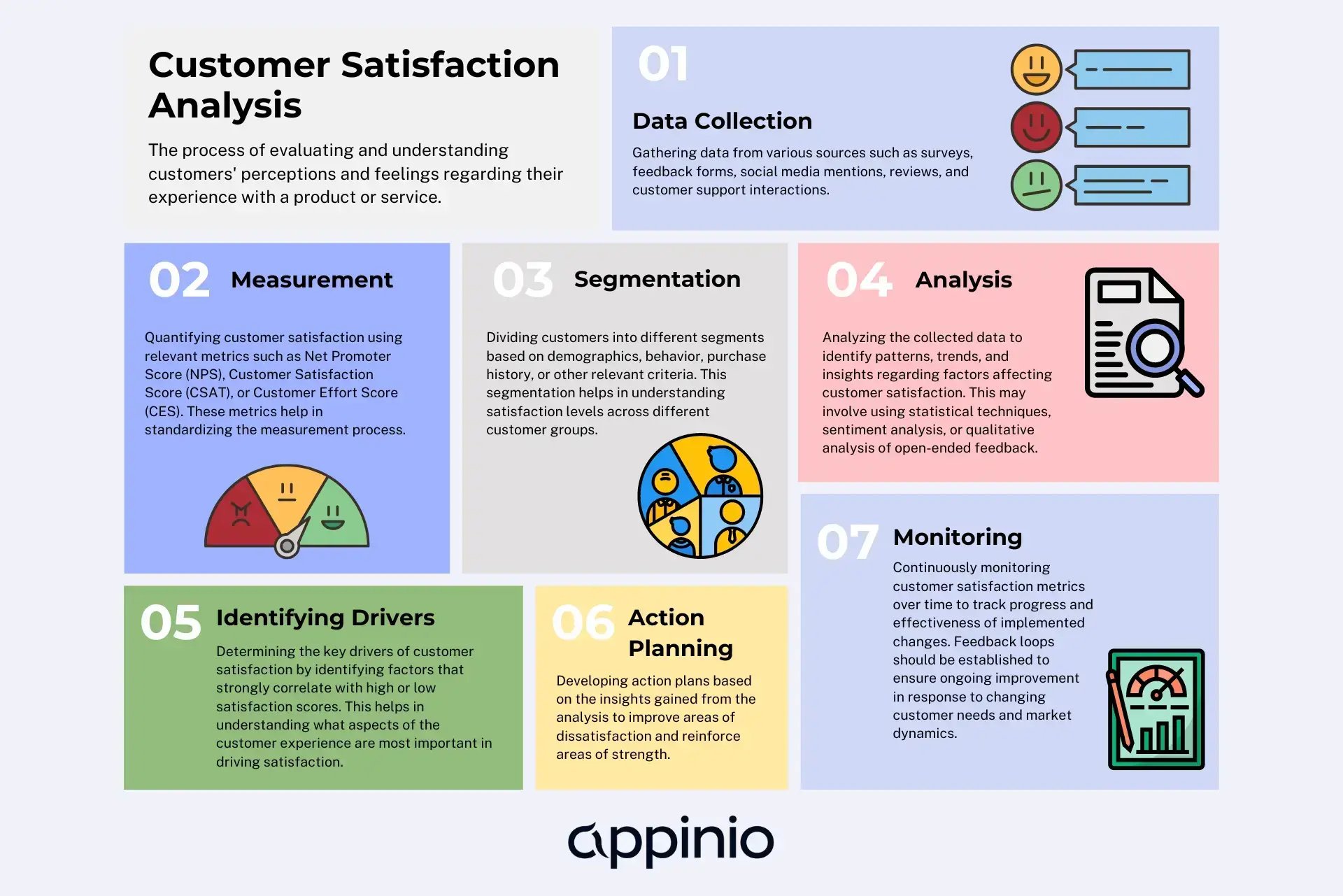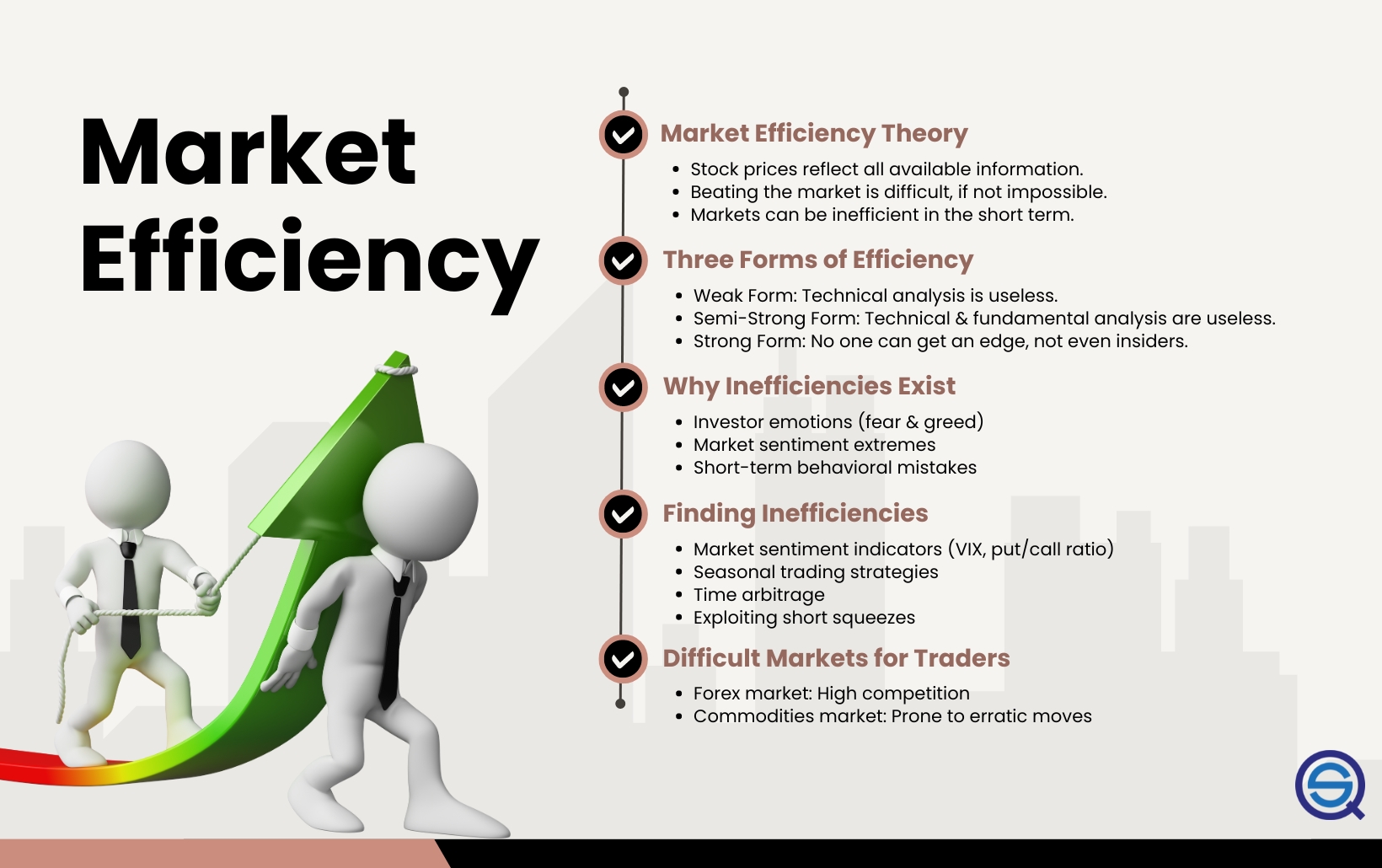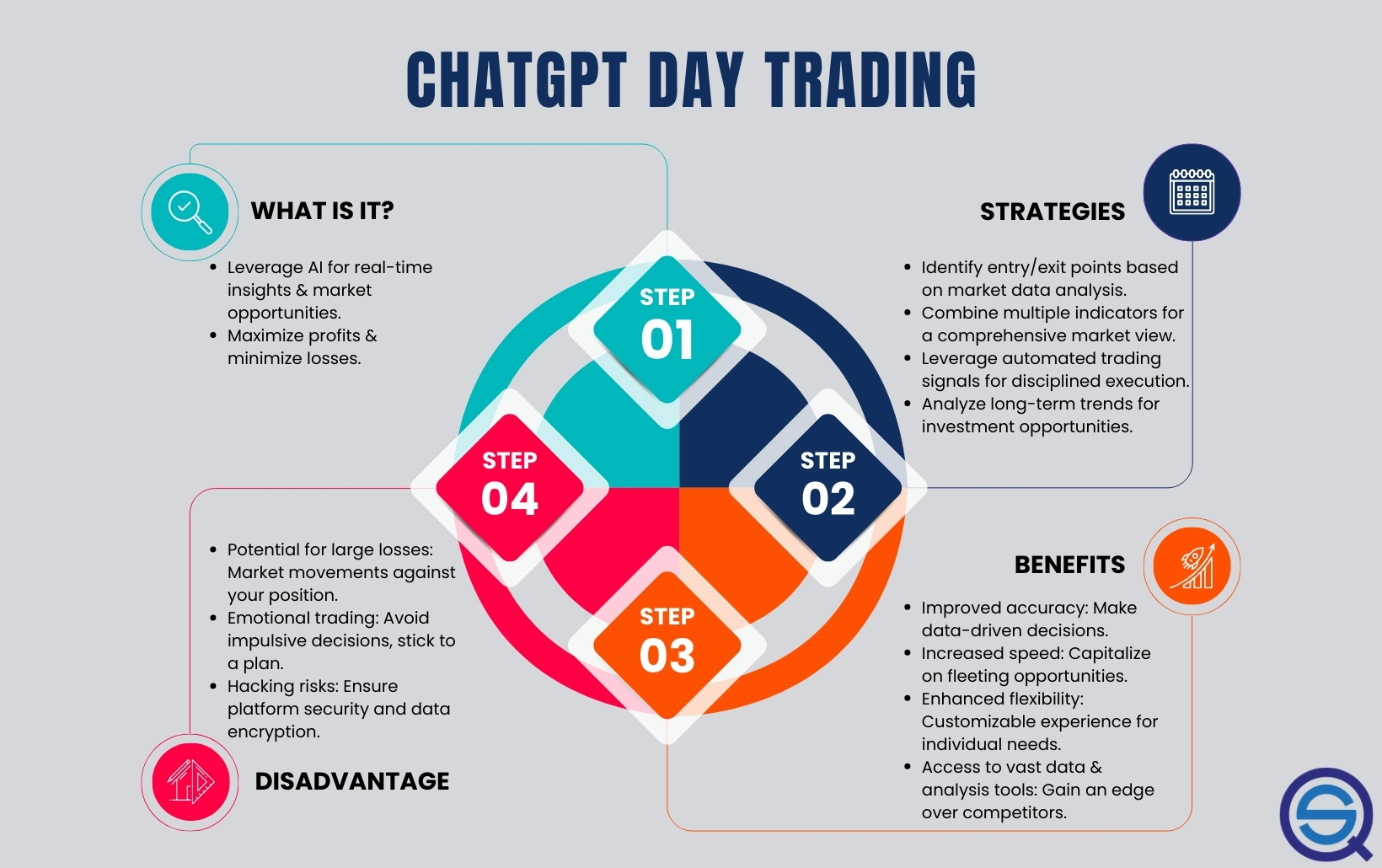Did you know that some traders believe that talking to their stocks can actually help? While that might sound a bit out there, what’s truly invaluable in day trading is real-time sentiment analysis. This article dives deep into the essence of sentiment analysis and its pivotal role in crafting effective day trading strategies. You’ll learn how to leverage various tools and social media to gauge market mood, interpret sentiment indicators, and integrate this data with technical analysis. Discover the benefits, pitfalls, and key data sources that can enhance your trading decisions. With insights from DayTradingBusiness, you’ll be equipped to navigate market trends and improve your risk management practices. Let’s uncover how sentiment analysis can elevate your trading game!
What is real-time sentiment analysis in day trading?
Real-time sentiment analysis in day trading involves assessing market sentiment through social media, news, and financial reports to gauge traders' emotions and opinions. This analysis helps traders identify trends and make quick decisions based on the prevailing market mood. By using tools that track sentiment indicators, day traders can spot bullish or bearish trends, allowing them to enter or exit positions effectively and capitalize on market movements.
How does sentiment analysis impact day trading strategies?
Sentiment analysis impacts day trading strategies by providing insights into market emotions and trends in real time. Traders use sentiment data from social media, news, and financial reports to gauge public perception of stocks. Positive sentiment can signal buying opportunities, while negative sentiment may indicate selling or shorting. This analysis helps traders make informed, timely decisions, improving their chances of profitability. By integrating sentiment analysis into their strategies, day traders can better anticipate price movements and adjust their positions accordingly.
What tools are best for real-time sentiment analysis in trading?
The best tools for real-time sentiment analysis in trading include:
1. Bloomberg Terminal: Offers comprehensive sentiment indicators and news analytics.
2. Thomson Reuters Eikon: Provides real-time market data and sentiment analysis tools.
3. Sentifi: Analyzes social media and news for market sentiment insights.
4. MarketPsych: Focuses on news and social media sentiment for trading strategies.
5. Twitter Sentiment Analysis Tools: Platforms like Brandwatch or Hootsuite can analyze Twitter sentiment.
6. Alternative data platforms: Services like RavenPack and Dataminr aggregate various data sources for sentiment tracking.
Choose based on your specific trading needs and asset focus.
How can I use social media for sentiment analysis in day trading?
Use social media platforms like Twitter and Reddit to track real-time sentiment on stocks. Monitor trending hashtags and keywords related to your target stocks. Tools like sentiment analysis software can quantify positive and negative mentions. Analyze spikes in sentiment to identify potential price movements. Combine social media insights with technical indicators for informed day trading decisions. Use sentiment to gauge market mood before entering or exiting trades.
What data sources are essential for effective sentiment analysis?

Essential data sources for effective sentiment analysis in day trading include social media platforms (like Twitter and Reddit), financial news websites, market forums, and stock trading apps. Additionally, sentiment indicators from APIs, news aggregators, and sentiment analysis tools can provide valuable insights. Accessing real-time data and historical sentiment trends is crucial for making informed trading decisions.
How do I interpret sentiment indicators for trading decisions?
To interpret sentiment indicators for trading decisions, start by analyzing the overall market mood. Look at metrics like the Fear & Greed Index or social media sentiment to gauge bullish or bearish trends. High positivity often signals a buying opportunity, while negativity may indicate selling pressure.
Combine sentiment data with technical analysis; for example, if sentiment is bullish but price hits resistance, be cautious. Monitor changes in sentiment; sudden shifts can precede market reversals. Use these insights alongside your trading strategy to enhance decision-making.
What are the key benefits of using sentiment analysis in trading?
Sentiment analysis in trading offers several key benefits:
1. Market Sentiment Insight: It reveals the general mood of investors, helping traders gauge whether the market is bullish or bearish.
2. Timely Decision-Making: Real-time data allows traders to make quick decisions based on current sentiment changes, enhancing responsiveness to market shifts.
3. Risk Management: By understanding sentiment trends, traders can better assess potential risks and adjust their strategies accordingly.
4. Predictive Power: Analyzing sentiment can help forecast price movements, giving traders an edge in anticipating market reactions.
5. Enhanced Strategy Development: Combining sentiment analysis with technical indicators can refine trading strategies and improve overall performance.
Utilizing sentiment analysis effectively can lead to more informed trading decisions and potentially higher profits.
How can sentiment analysis predict market trends?
Sentiment analysis predicts market trends by analyzing social media, news articles, and financial reports to gauge public opinion and emotions about stocks or market conditions. By identifying positive or negative sentiments, traders can make informed decisions. For example, a surge in positive sentiment around a tech stock could indicate potential price increases, prompting traders to buy. Conversely, negative sentiment may signal a decline, leading to selling. Real-time analysis allows day traders to react quickly to shifts in sentiment, enhancing their ability to capitalize on market movements.
What are common pitfalls in using sentiment analysis for trading?

Common pitfalls in using sentiment analysis for trading include over-reliance on data, which can lead to misinterpretation of market sentiment. Traders may also struggle with noise in social media data, causing false signals. Timing is crucial; sentiments can shift rapidly, and delays in analysis can result in missed opportunities. Additionally, failing to consider market context, such as economic indicators or news events, can skew results. Finally, lack of proper backtesting can make strategies based on sentiment unreliable.
How do news events influence sentiment analysis in day trading?
News events significantly impact sentiment analysis in day trading by rapidly shifting market perceptions. Positive news can lead to bullish sentiment, driving prices up, while negative news often results in bearish sentiment, causing declines. Traders use real-time sentiment analysis tools to gauge public reaction to news, optimizing entry and exit points. For instance, a sudden earnings beat can trigger a surge in positive sentiment, prompting traders to buy. Conversely, geopolitical tensions can create fear, leading to sell-offs. Timely analysis of these sentiments helps traders make informed decisions, capitalizing on short-term market movements.
Learn about How to Build a Sentiment Analysis Dashboard for Day Trading
Can sentiment analysis improve my risk management in trading?
Yes, sentiment analysis can enhance your risk management in trading. By analyzing real-time social media posts, news articles, and market trends, you can gauge market sentiment and anticipate price movements. This helps you make informed decisions, identify potential market reversals, and adjust your strategies accordingly. For example, if sentiment shifts from positive to negative regarding a stock, you can mitigate risk by tightening stop-loss orders or exiting positions. Overall, integrating sentiment analysis into your trading strategy can lead to more proactive risk management.
How do algorithms perform sentiment analysis for traders?
Algorithms perform sentiment analysis for traders by analyzing vast amounts of data from social media, news articles, and financial reports to gauge public sentiment about specific stocks or the market as a whole. They use natural language processing (NLP) techniques to identify positive, negative, or neutral sentiments in text. Machine learning models are trained on historical data to recognize patterns and predict market movements based on sentiment shifts.
Real-time analysis is crucial; algorithms continuously monitor new data, adjusting sentiment scores to inform trading decisions. Traders can use these insights to buy or sell quickly, capitalizing on sentiment-driven price movements. For example, a spike in positive sentiment about a company might trigger a buy signal, while negative sentiment could signal a sell.
What are the limitations of real-time sentiment analysis?
Real-time sentiment analysis has several limitations for day trading decisions. First, it can struggle with context, often misinterpreting sarcasm or nuanced language. Second, the speed of data can lead to noise, where false signals overwhelm genuine trends. Third, sentiment data may lag behind market movements, causing traders to act on outdated information. Fourth, reliance on social media or news sources can introduce bias, as not all platforms reflect accurate market sentiment. Finally, integrating sentiment analysis with other technical indicators can be complex, leading to conflicting signals.
How often should I update my sentiment analysis data for trading?
You should update your sentiment analysis data at least every hour for day trading. Real-time data is crucial as market sentiment can shift quickly. Some traders prefer updates every few minutes to capture rapid changes. The frequency depends on your trading strategy and the volatility of the assets you're monitoring.
How can I integrate sentiment analysis with technical analysis?
To integrate sentiment analysis with technical analysis for day trading, follow these steps:
1. Data Sources: Use social media, news feeds, and financial forums to gather real-time sentiment data. Tools like Twitter sentiment analysis can be valuable.
2. Sentiment Scoring: Assign scores to sentiment data (positive, negative, neutral) using natural language processing (NLP) techniques.
3. Technical Indicators: Use traditional technical analysis indicators (moving averages, RSI, MACD) to identify market trends and signals.
4. Combine Signals: Align sentiment scores with technical indicators. For example, if sentiment is positive and a stock breaks above a resistance level, it may signal a buying opportunity.
5. Backtesting: Test your strategy using historical data to evaluate how sentiment influences price movements alongside technical indicators.
6. Real-Time Monitoring: Continuously monitor sentiment and technical indicators during trading hours to make informed, timely decisions based on market sentiment shifts.
By blending sentiment analysis with technical analysis, you can enhance your trading strategy and improve decision-making in real-time.
What are successful case studies of sentiment analysis in day trading?

Successful case studies of sentiment analysis in day trading include the following:
1. Twitter Sentiment Analysis: Traders used natural language processing to analyze Twitter feeds for sentiment around specific stocks. For instance, during high-profile earnings reports, positive tweets correlated with price increases.
2. Reddit and WallStreetBets: Day traders monitored sentiment on Reddit to gauge interest in stocks like GameStop. The surge in positive sentiment led to significant price volatility, allowing savvy traders to capitalize on the momentum.
3. News Sentiment Scoring: A trading firm developed an algorithm to scan news articles for sentiment. They found that positive sentiment scores often preceded price jumps in tech stocks, enabling timely buy decisions.
4. Market Sentiment Index: Some traders created indices based on aggregated sentiment from various sources. A spike in sentiment often predicted short-term price increases, allowing them to adjust their positions accordingly.
These cases demonstrate the effectiveness of real-time sentiment analysis in making informed day trading decisions.
Learn about Case Studies: Successful Day Trading with Fundamental Analysis
Conclusion about Real-time Sentiment Analysis for Day Trading Decisions
Incorporating real-time sentiment analysis into your day trading strategy can significantly enhance decision-making and improve profitability. By leveraging various tools and data sources, traders can gain valuable insights into market trends and investor behavior. However, it’s essential to be aware of potential pitfalls and limitations. Continuous learning and adaptation are key to effectively utilizing sentiment analysis alongside technical analysis. For more in-depth guidance on integrating these strategies into your trading approach, explore resources from DayTradingBusiness.
Learn about How to Build a Sentiment Analysis Dashboard for Day Trading